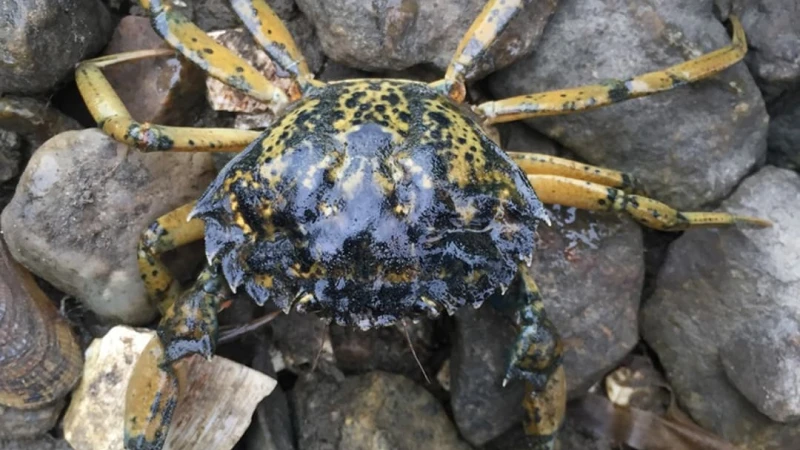
Terrestrial Invasive Species
Terrestrial invasive species include plants, animals and insects that disrupt land-based ecosystems. These invaders can spread rapidly across forests, grasslands and urban areas by outcompeting native species. Their disruptive qualities alter food chains and degrade habitat which poses significant threats to biodiversity, forestry, agriculture, and infrastructure.
From invasive wild pigs to plants like garlic mustard, managing terrestrial species is critical to maintaining healthy and resilient landscapes.

© akneidel via iNaturalist.org, used under CC BY 4.0.
Aquatic Invasive Species
Aquatic invasive species affect freshwater lakes, rivers, and coastal waters by altering ecosystems, harming native aquatic life, and impacting recreational and commercial activities.
Species like zebra mussels, Eurasian watermilfoil, and green crab can spread easily through boats, gear, and ballast water, causing ecological damage, disruption to infrastructure and economic losses. Preventing their spread is essential to protecting Canada’s water resources.

Oak Wilt © MathewZappa via iNaturalist.org, used under CC BY 4.0.
Pathogen Invasive Species
Invasive species pathogens, including bacteria, fungi, and viruses, pose invisible but devastating threats to plants, animals, people and forests. These pathogens can weaken or kill native species, disrupting entire ecosystems and industries.
Examples like oak wilt and Dutch elm disease are forest pathogens that harm Canada’s iconic and culturally significant trees. Early detection and monitoring are key to minimizing the spread of these harmful invaders.
